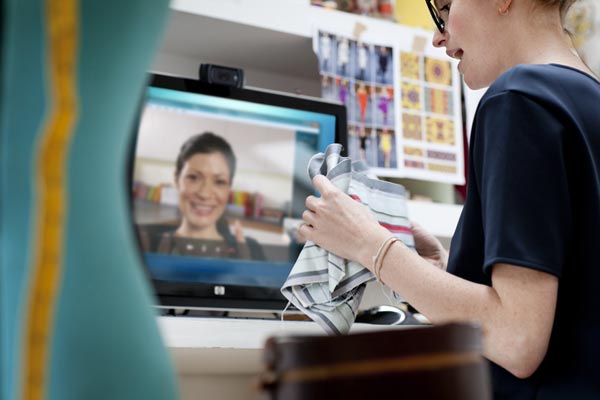Today’s hack of the Associated Press Twitter account that sent out a fake report about the White House being attacked raises a number of issues about how business and the media industry use social media.
Attracting most of the attention is the stock market ‘flash crash’ triggered by the fake report where automated programs responded to unexpected selling on the exchanges.
This in itself is an example of a risky over reliance on technology by well paid people who should know better. There are a number of other risks that everybody, particularly business people should learn from the Associated Press hijack.
Twitter as a news channel
Without any verification, people started selling stocks based on a report spread through Twitter. This is understandable as Twitter has become the modern news ticker tape.
Also understandable is how news organisations could pick it up, most newsrooms are under resourced and journalists are under pressure to break news. This opens opportunities for misinformation to spread.
The real risk with the fake report was if it had been picked up by a mainstream media outlet or found its way onto the wire services. Fortunately this time it didn’t.
One clear lesson from this is social media postings are not a source of truth, they have to be checked and verified. This is something advocates for using social media as a disaster management tool need to keep in mind.
Think before you tweet
During the search for the Boston bombers, social media users went feral and it shows how false information can spread very fast.
For those of us using Twitter – or any other social media channel – we have to be careful about what we post and who we identify as lives can be damaged and misinformation spread.
Thinking before we tweet or post makes it harder for rumours and misinformation to spread.
Introduce strong social media policies
Almost certainly the Associated Press Twitter account was hijacked because the single person in charge of the @AP account clicked on a spam link and gave away the account’s password.
Social media sites don’t do a good job with their security which makes it difficult for businesses to monitor and control access to accounts.
While the services have to tighten their acts, companies need to be sure that they have security procedures in place and the right people maintaining their business accounts.
Hire the right people
Competing wire service Reuters discovered the importance of having the right person running their social media presence having fired its deputy social media editor for inappropriate tweets during the Boston Bombing scare.
Putting the intern or the youngest person in the office in charge of social media is a beginner’s mistake, a more serious error is to put a loose cannon in charge of the company’s online presence.
Given the potential business risks involved with social media, it’s necessary to put someone trusted and responsible in charge of what appears under the company’s name.
At the very least management has to do proper due diligence on the person they put in charge of their social media accounts.
Securing your business
Associated Press’ problem is typical of many businesses that don’t have tight security policies, the UK Department for Business, Innovation and Skills recently released a report finding that over 85% of British business have had some sort of security breach in the previous year.
Given the risks posed by poor computer security, managers have to take the integrity of their systems seriously.
Those who caught out by Associated Press’ hijacked Twitter stream learned important lessons about computer security, online trust and verifying information. All of us should be aware we can be caught out in the same way.


